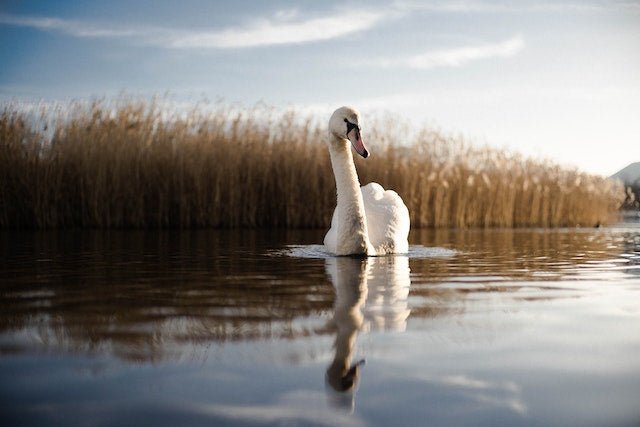
How soaring temperatures are impacting British wildlife | Hedgy Socks
It's no secret that the Earth is going through a phase of rapid climate change, and as a result, wildlife is feeling the heat. In this blog post, we're going to explore how soaring temperatures are impacting British wildlife and what we can do to help them adjust. Stay tuned for some great tips on how you can make a difference!
As the UK basks in record-breaking temperatures, it's not just humans struggling to cope with the heat. British wildlife is also feeling the effects of the soaring mercury, with many species at risk of disappearing altogether if action isn't taken to mitigate the impact of climate change.
One of the most visible examples of this is the plight of our bees. These vital pollinators are in decline worldwide, and rising temperatures are making it even harder for them to survive. As well as providing essential pollination services, bees also help to support entire ecosystems. Without them, many other wildlife species would struggle to survive.
Fortunately, there are things that we can all do to help our struggling wildlife adjust to a changing climate. A straightforward way to help is by planting native wildflowers in our gardens - this provides essential food sources for pollinators like bees and supports other wildlife. We can also make our homes more wildlife-friendly by installing bug hotels and leaving water bowls for thirsty animals. Working together makes a real difference in helping British wildlife adapt to a warmer climate.
The United Kingdom is home to a diverse range of wildlife, from iconic red squirrels to singing nightingales. But as global temperatures continue to rise, many of these species struggle to adapt. Soaring temperatures can impact wildlife in several ways, from altering migration patterns to diminishing food supplies. In some cases, rising temperatures can even cause species to go extinct. As we begin to see the effects of climate change on British wildlife, it's clear that we need to take action to protect them.
Ultimately, we can also help by reducing our greenhouse gas emissions, which will hopefully slow the rate of climate change and give wildlife a better chance of survival. If you see an animal that looks like it needs help, please don’t hesitate to reach out and provide assistance. With your help, we can ensure that our native animals survive and thrive during this record-breaking summer.
We need to take action if we want our British wildlife to thrive in the future. What can you do to help? One easy way is to plant a pollinator-friendly garden, providing food and shelter for bees, butterflies, and other insects. You can also make your home more wildlife-friendly by leaving dead trees standing, installing a pond or bird bath, and providing plenty of shrubs and hedges. If every one of us does our part to help these creatures adjust to climate change, we can ensure they’re around long into the future. Have you made any changes in your backyard to support local wildlife? Let us know!
